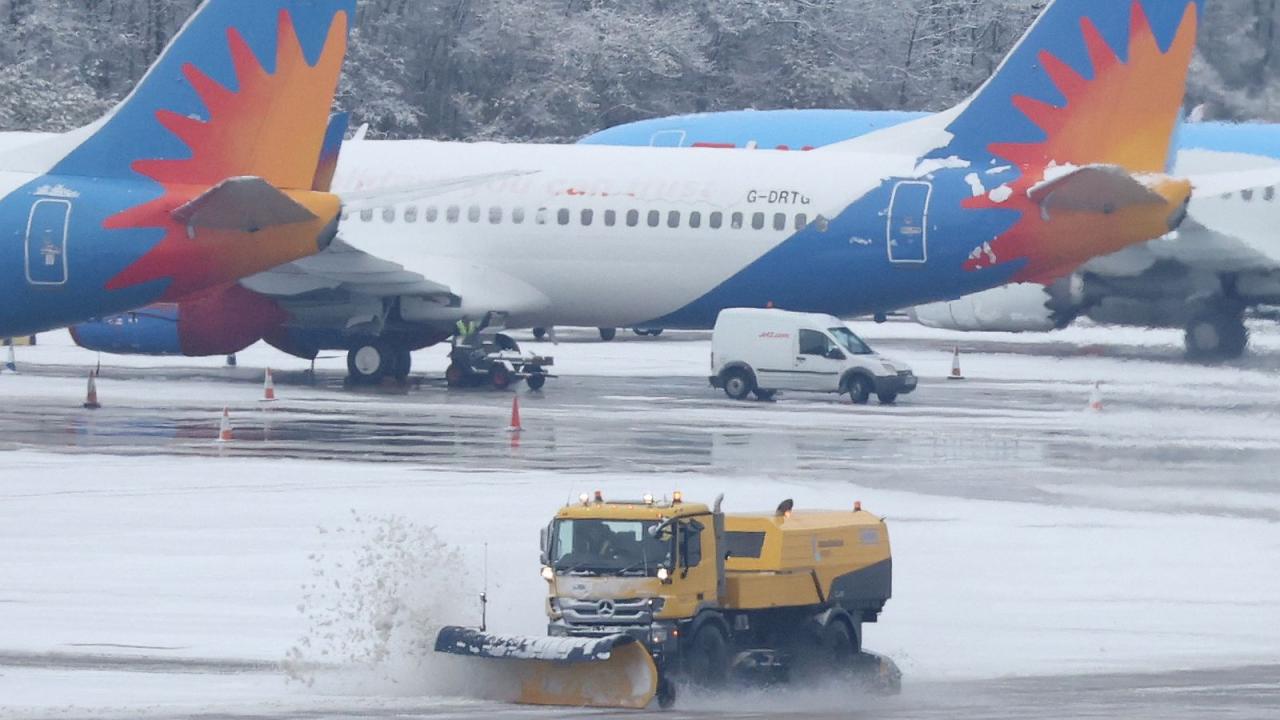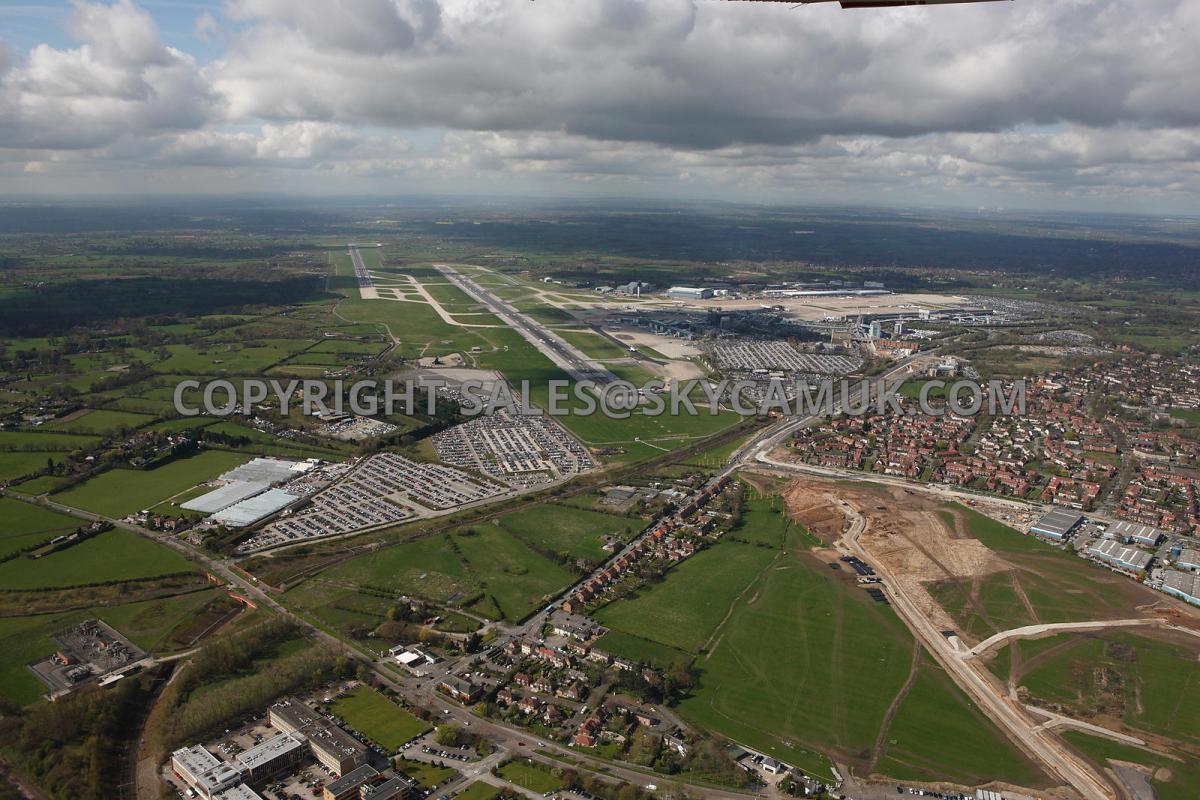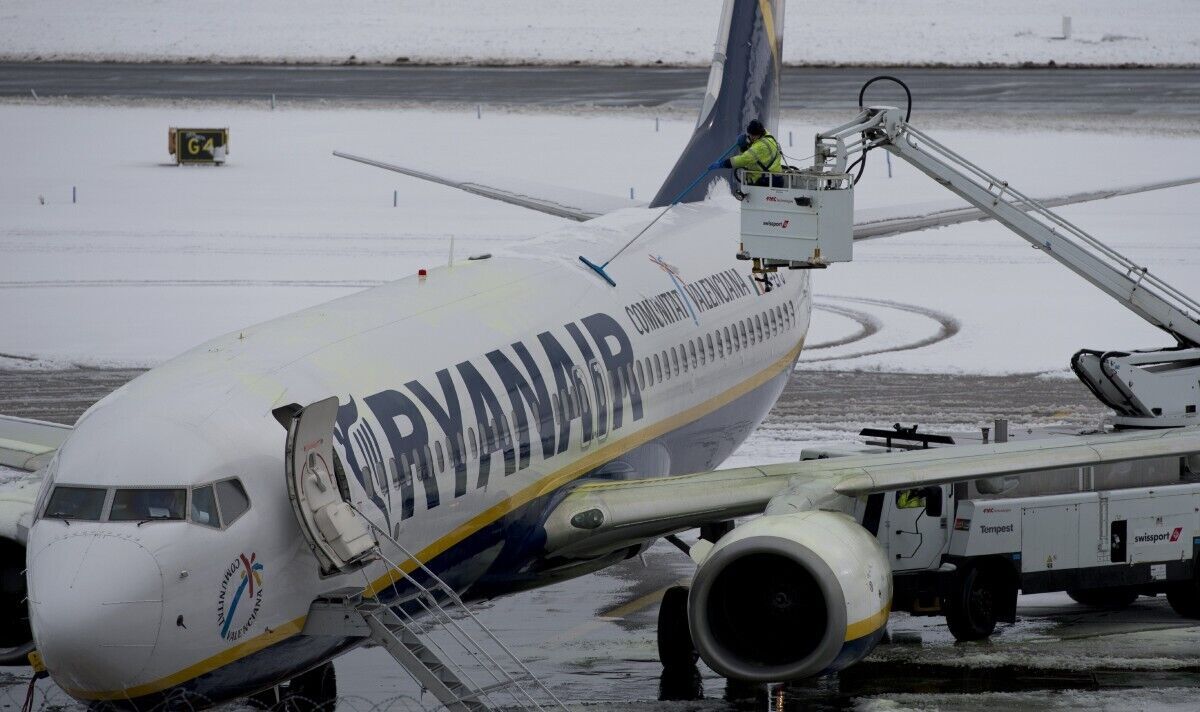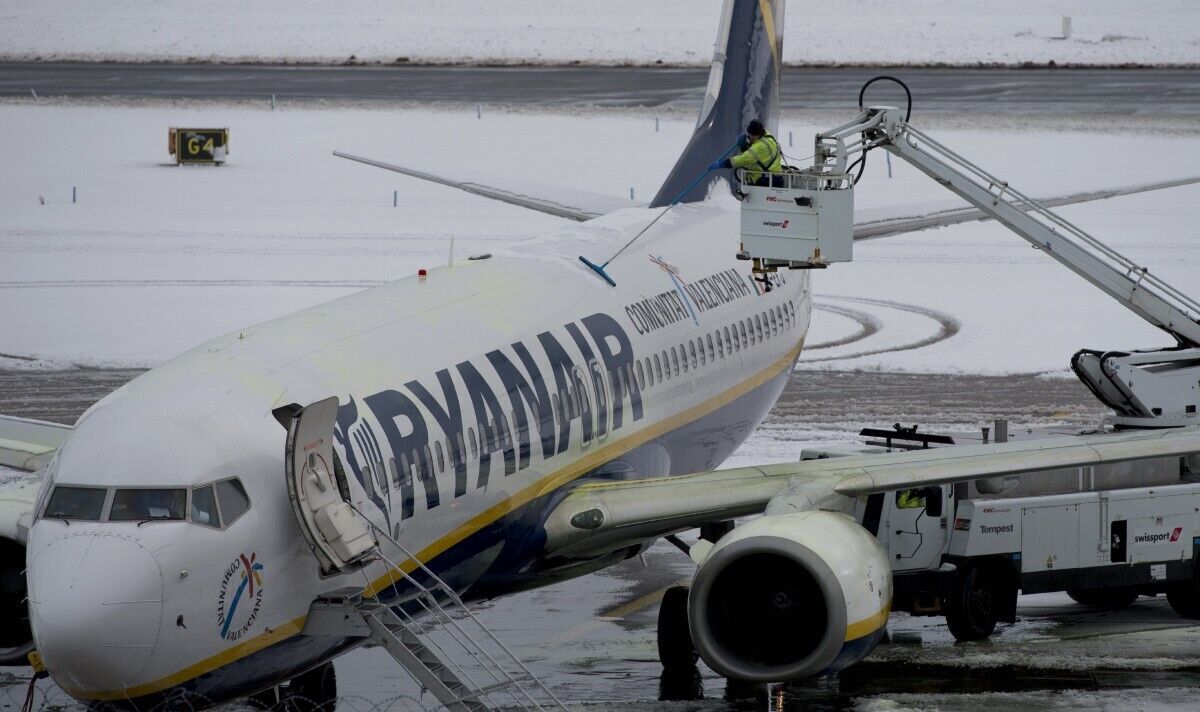Manchester Airport runways reopen, but passengers warned of potential disruptions marks a significant turning point after a period of closure. This event impacted thousands of travelers, airlines, and local businesses. We’ll explore the immediate consequences for passengers, the airport’s operational challenges, the financial effects on airlines, the wider economic ripple effects, public perception, and finally, strategies for future preparedness.
Manchester Airport’s runways are back open, but expect delays! While you’re waiting, maybe check out the news – it seems like a big change in the football world with Graham Potter appointed West Ham United Head Coach | West. So, yeah, back to Manchester Airport – be prepared for potential disruptions and allow extra time for your journey.
Get ready for a detailed look at this complex situation.
The airport closure and subsequent reopening created a whirlwind of activity. From navigating flight cancellations and rescheduling to dealing with communication breakdowns and logistical nightmares, the experience was far from smooth for everyone involved. This narrative will unpack the events chronologically, providing insight into the decisions made and the impact they had on all stakeholders.
Manchester Airport Runway Reopening: Immediate Impacts and Long-Term Implications
The reopening of Manchester Airport’s runways after a period of closure brought a wave of relief, but also significant challenges for passengers, airlines, and the wider regional economy. This article examines the immediate and long-term effects of the closure and subsequent reopening, analyzing the airport’s response, the impact on various stakeholders, and strategies for future preparedness.
Immediate Impact on Passengers

The reopening of the runways led to a surge in passenger activity, but also presented immediate challenges. Passengers faced long queues, delayed flights, and the need to rebook cancelled trips. The airport’s communication efforts played a crucial role in managing passenger expectations. The following table summarizes the passenger experience before, during, and after the runway closure.
| Time Period | Passenger Impact | Airport Response | Media Coverage |
|---|---|---|---|
| Before Closure | Normal airport operations, minimal disruptions. | Standard airport operations and communication. | Limited news coverage. |
| During Closure | Flight cancellations, delays, rebooking difficulties, uncertainty, stress, and inconvenience. | Communication updates via website, social media, and email alerts. Provision of assistance and information to stranded passengers. | Extensive news coverage, focusing on passenger distress and the airport’s response. Social media abuzz with passenger complaints and updates. |
| After Reopening | Long queues, delays due to backlog, some flight cancellations remaining, high stress levels for some. | Increased staff deployment to manage queues, improved communication regarding flight status and delays, additional customer service support. | News coverage shifted towards reporting on the backlog and the airport’s efforts to manage the situation. Social media showed a mix of relief and continued frustration. |
Airport Operations and Management

The airport’s swift return to full operational capacity involved a multi-stage process. Safety checks and inspections were paramount. The logistical challenges of coordinating the movement of aircraft, passengers, and baggage were immense.
- Assessment of Damage and Hazard Mitigation: A thorough evaluation of the runway’s condition was conducted to identify and address any safety hazards.
- Safety Checks and Inspections: Rigorous inspections by qualified personnel were carried out to ensure the runway met operational safety standards.
- Phased Reopening: A phased reopening was implemented, starting with a limited number of flights, gradually increasing capacity as confidence in the runway’s safety grew.
- Coordination with Airlines and Air Traffic Control: Close collaboration with airlines and air traffic control was crucial to manage the flow of flights and minimize disruptions.
- Resource Allocation: Additional staff and resources were deployed to handle increased passenger traffic and baggage processing.
The decision-making process regarding the runway reopening is illustrated below (textual description of flowchart):
Flowchart: Runway Reopening Decision-Making Process
Start –> Assessment of Runway Condition –> Safety Inspections Passed? (Yes/No) –> (Yes: Proceed to Phased Reopening, No: Further Investigations & Repairs) –> Phased Reopening –> Monitoring & Evaluation –> Full Operational Capacity
Impact on Airlines and Flights
The runway closure had significant financial implications for airlines. Airlines implemented various strategies to mitigate losses and manage passenger expectations. Key factors influencing their responses included the extent of their operations at Manchester, the availability of alternative airports, and their existing customer service protocols.
Manchester Airport’s runways are back open, but travelers should brace themselves for potential delays. It’s a bit like the football world, where things can change rapidly – for example, check out the news on Graham Potter appointed West Ham United Head Coach | West , a surprise move that’s got everyone talking! So, while the planes are flying again at Manchester, be prepared for some unexpected bumps in your journey.
- Airline A: Experienced significant cancellations, offered rebooking options and compensation to affected passengers.
- Airline B: Diverted some flights to nearby airports, implemented a proactive communication strategy to keep passengers informed.
- Airline C: Suffered moderate disruption, focused on minimizing delays and maximizing the utilization of available slots post-reopening.
Wider Economic Consequences

The runway closure’s economic impact extended beyond the airport itself. Businesses near the airport experienced reduced revenue due to decreased passenger traffic and disruptions to supply chains. The ripple effect impacted the wider regional economy, affecting employment, tourism, and other related industries.
Economic Flow Visualization (Description):
Before Closure: A robust flow of money is shown circulating between the airport, local businesses, and regional economy. Airport generates revenue, which is then spent by employees and distributed through local businesses.
During Closure: The flow of money is significantly reduced, showing a decrease in revenue for the airport and surrounding businesses. A decline in economic activity is apparent.
After Reopening: The flow of money begins to recover, though not immediately to pre-closure levels. A gradual return to normal economic activity is shown, with continued recovery needed.
Manchester Airport’s runways are back open, but travelers should still expect delays. It’s a bit of a chaotic scene, a far cry from the smooth vibes you’d find celebrating the King; check out this cool new exhibit commemorating Elvis’ 90th birthday: New Exhibit Celebrates Elvis’ 90th Birthday. Back to Manchester, though – be sure to check your flight status before heading to the airport to avoid any further frustration.
Public Perception and Media Coverage, Manchester Airport runways reopen, but passengers warned of
Media coverage of the event was extensive, with initial reports focusing on the disruption and passenger distress. Social media amplified public sentiment, offering a platform for passenger complaints and updates. The airport’s communication efforts played a significant role in shaping public perception.
Timeline (Description):
Day 1: Runway closure announced, initial reports of chaos and passenger frustration. Social media explodes with complaints.
Day 2-3: Airport issues regular updates, some passengers express relief, others remain angry.
Day 4-5: Runway reopens, reports focus on the backlog and airport’s efforts to resolve the situation.
Day 6 onwards: Continued media coverage focuses on long-term recovery and lessons learned.
Future Preparedness and Prevention

Preventing future runway closures requires proactive measures, including regular inspections, improved weather forecasting, and contingency planning. Enhanced communication strategies and improved emergency response procedures are essential to minimize the impact of future disruptions.
Emergency Response Plan (Description):
The plan should include clear communication protocols, designated personnel for passenger assistance, and a tiered response system based on the severity of the disruption. It should also Artikel procedures for coordinating with airlines, air traffic control, and emergency services.
End of Discussion: Manchester Airport Runways Reopen, But Passengers Warned Of
The reopening of Manchester Airport’s runways, while a welcome relief, highlighted the significant challenges involved in managing large-scale disruptions. From the immediate passenger impact to the wider economic consequences and the crucial role of effective communication, the entire event serves as a valuable case study in crisis management and airport operations. Understanding the lessons learned from this experience is key to improving future preparedness and preventing similar disruptions.
FAQ Guide
What caused the runway closure in the first place?
The specific cause needs to be sourced from the original news reports; this Artikel doesn’t provide that detail.
How long were the runways closed?
This information needs to be gathered from news reports related to the event.
What compensation were passengers offered?
Compensation policies vary by airline and should be checked on their individual websites.
Are there any ongoing investigations into the closure?
Check for official statements from Manchester Airport or relevant regulatory bodies for updates on investigations.
